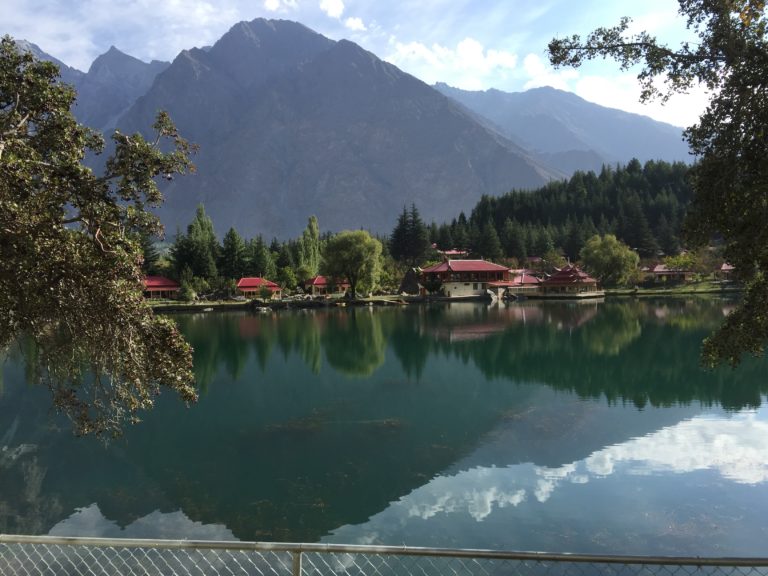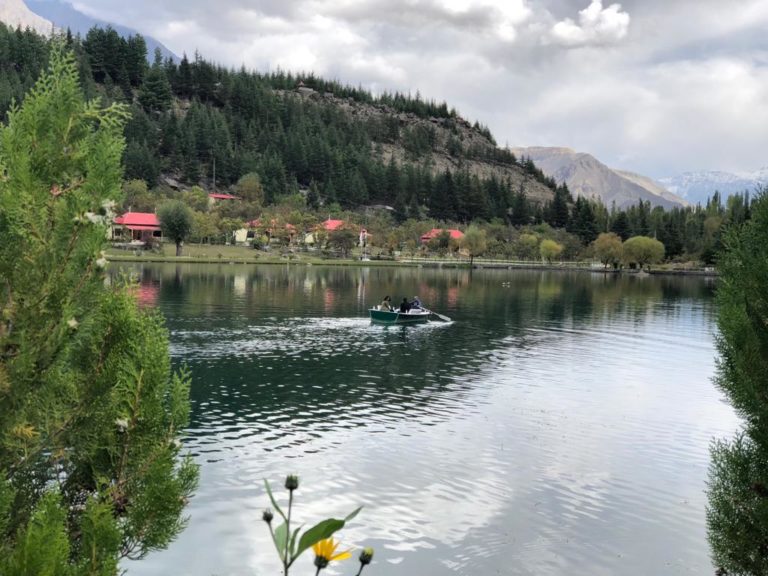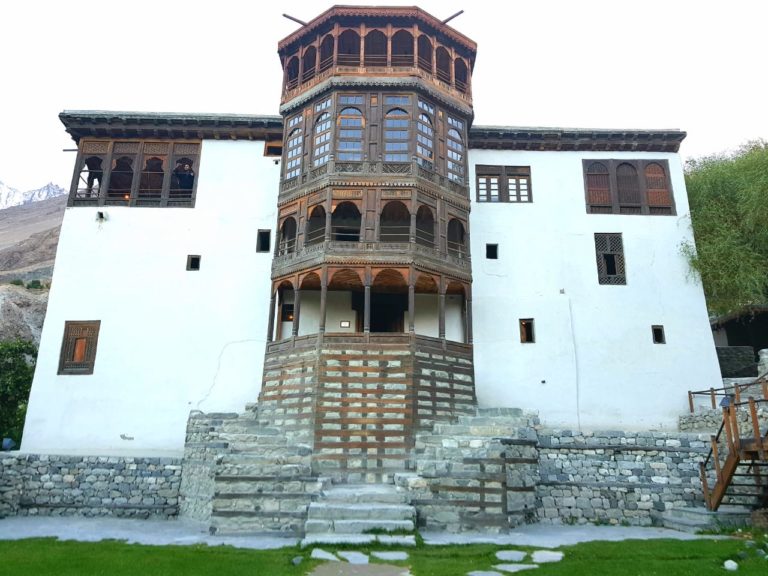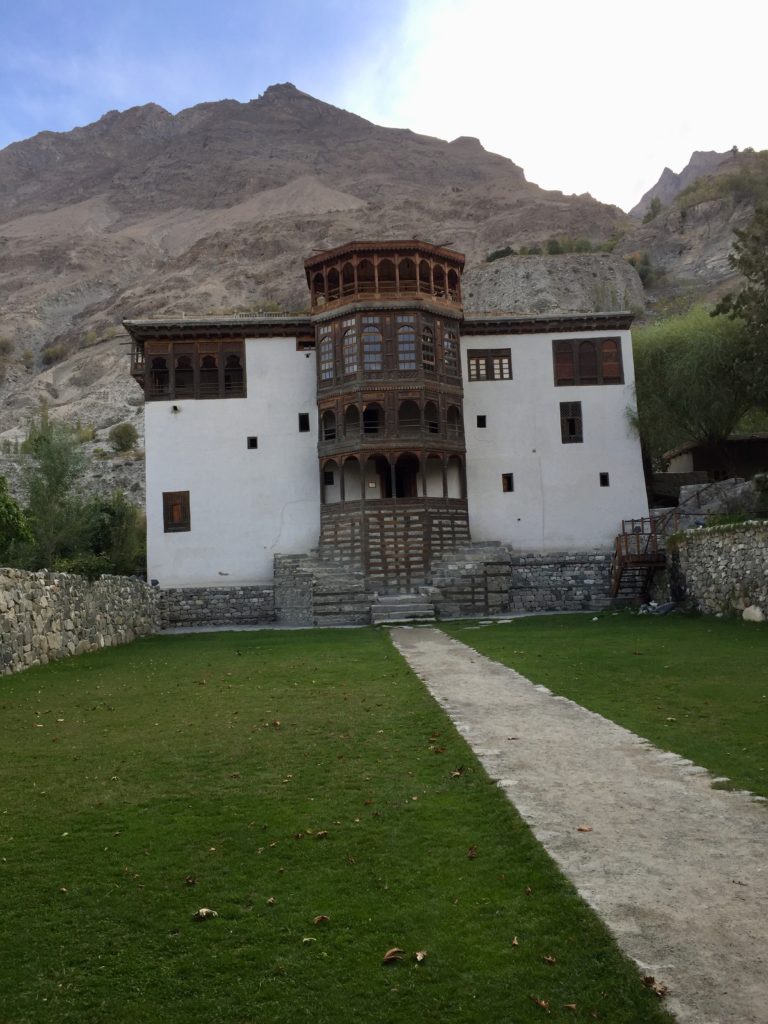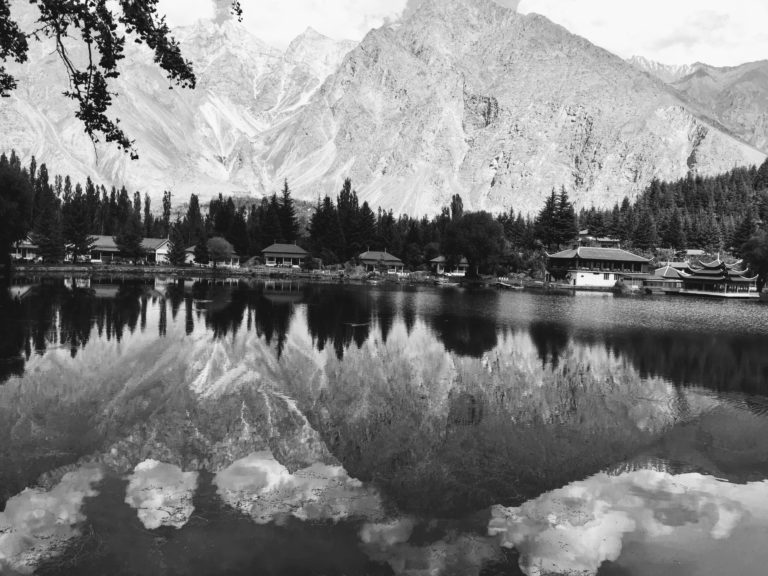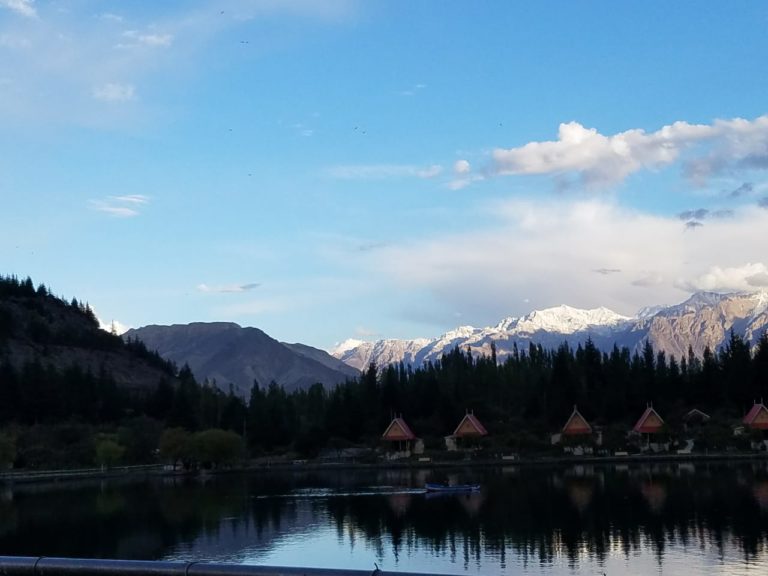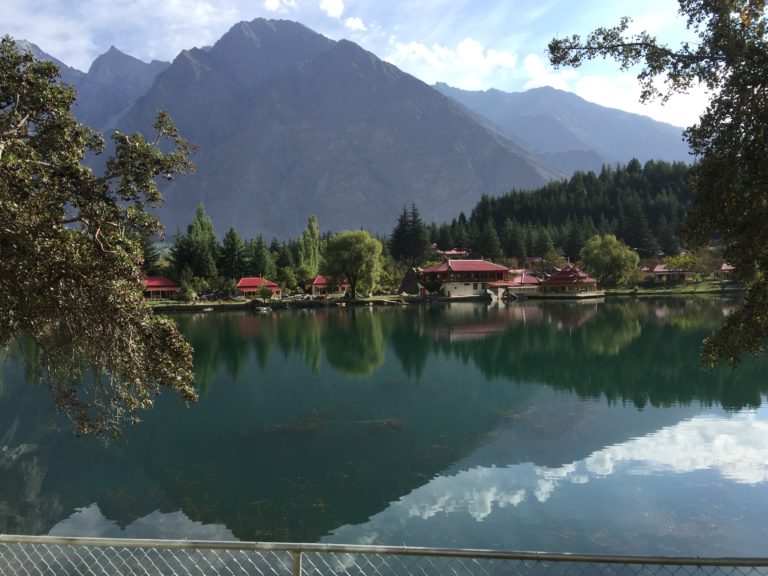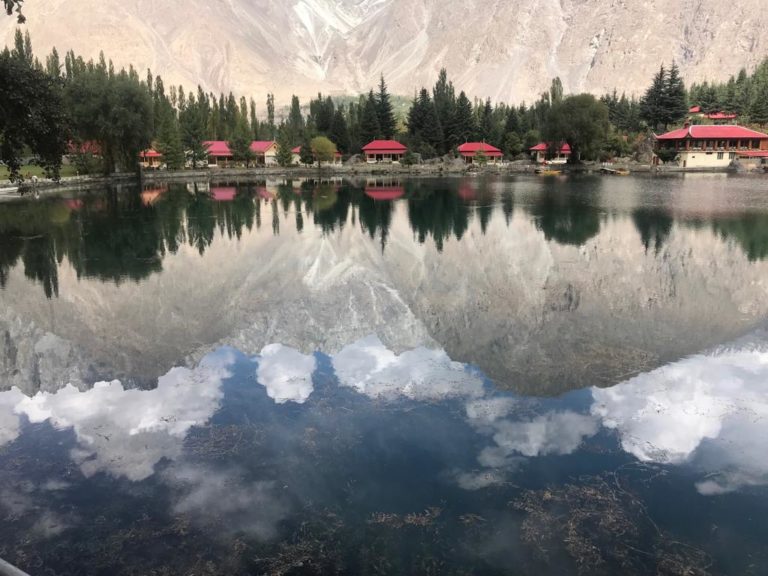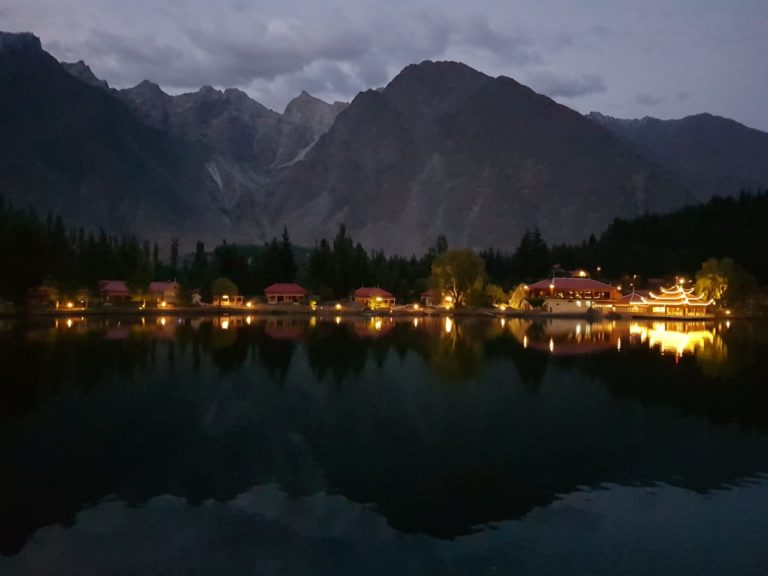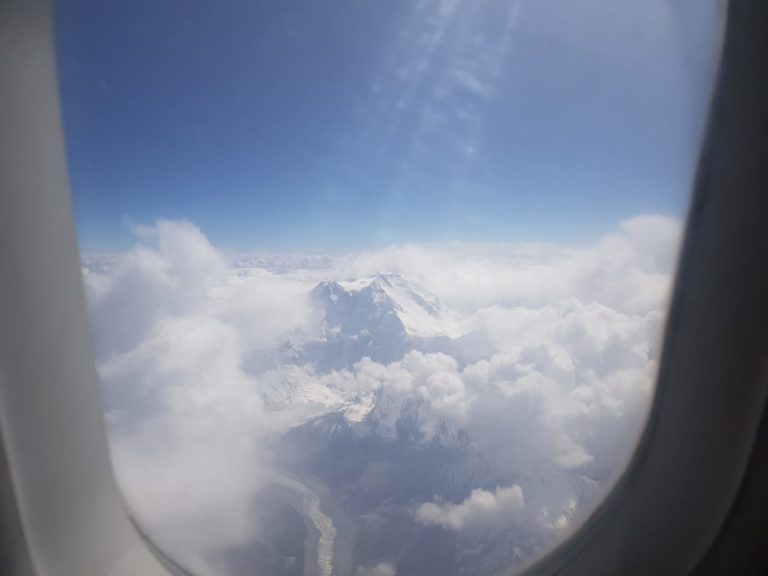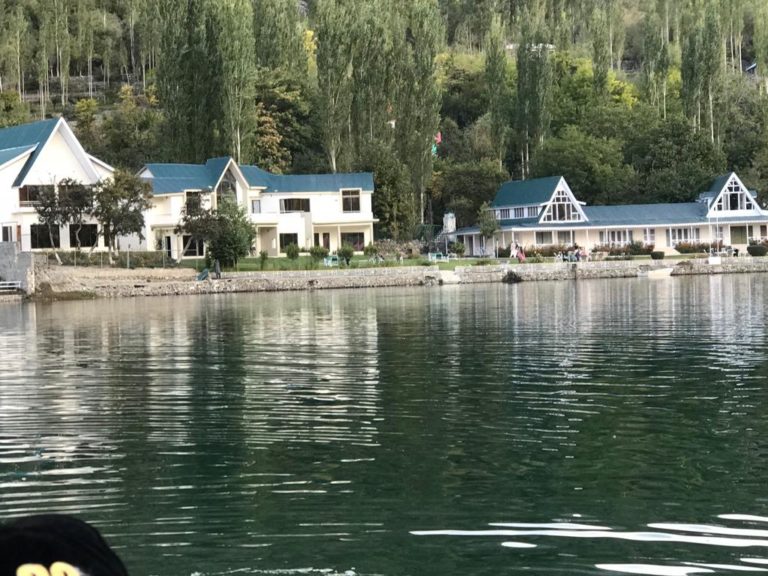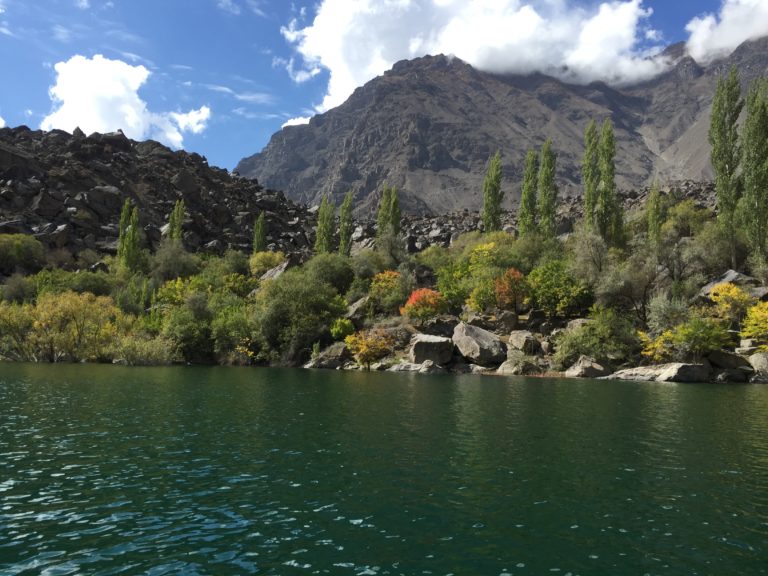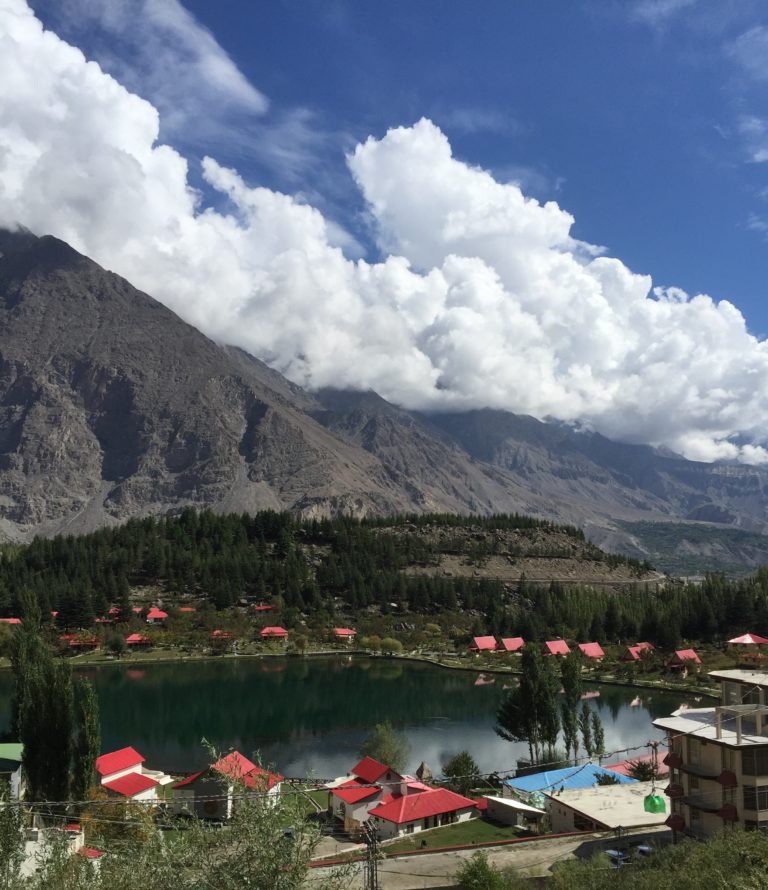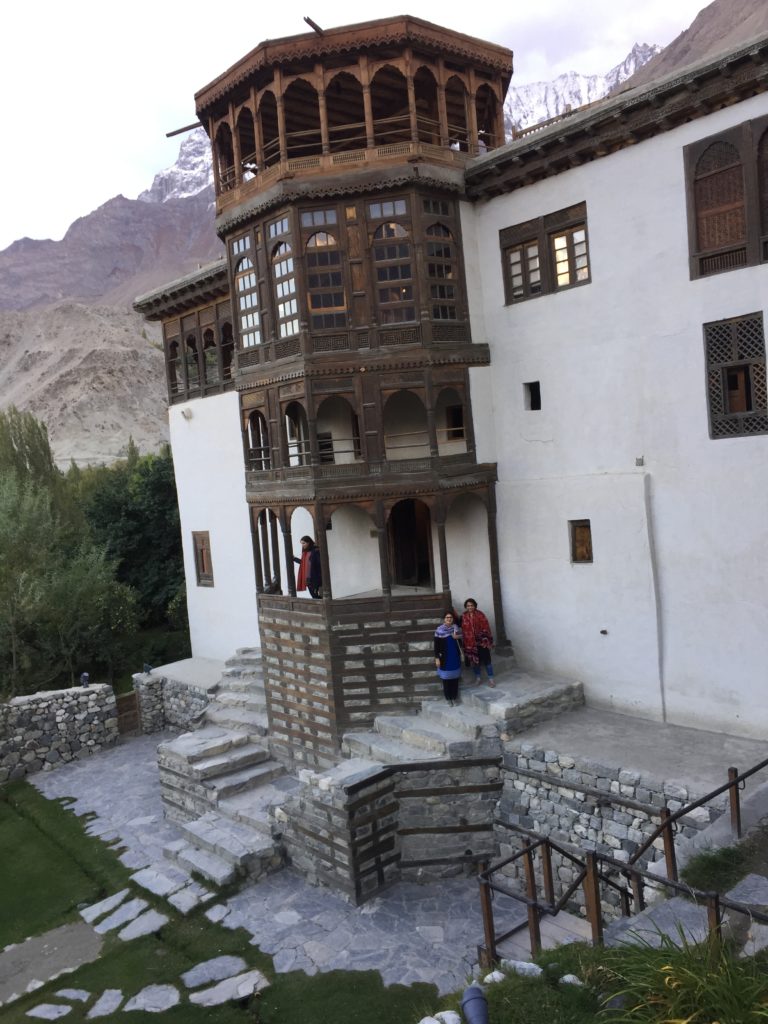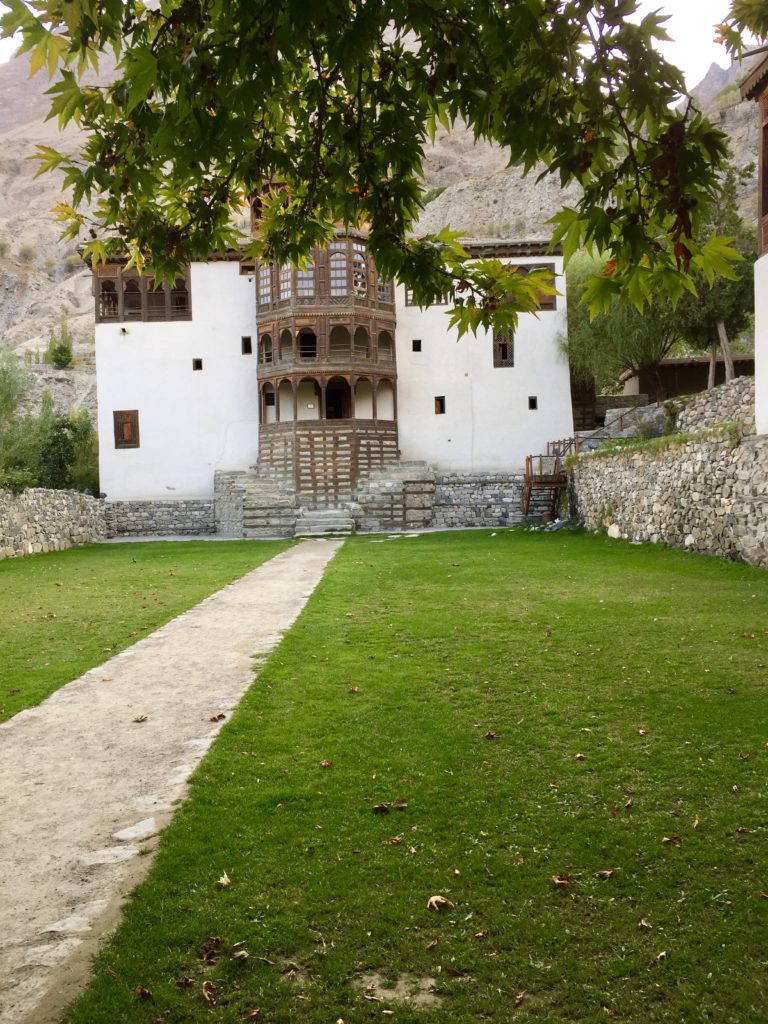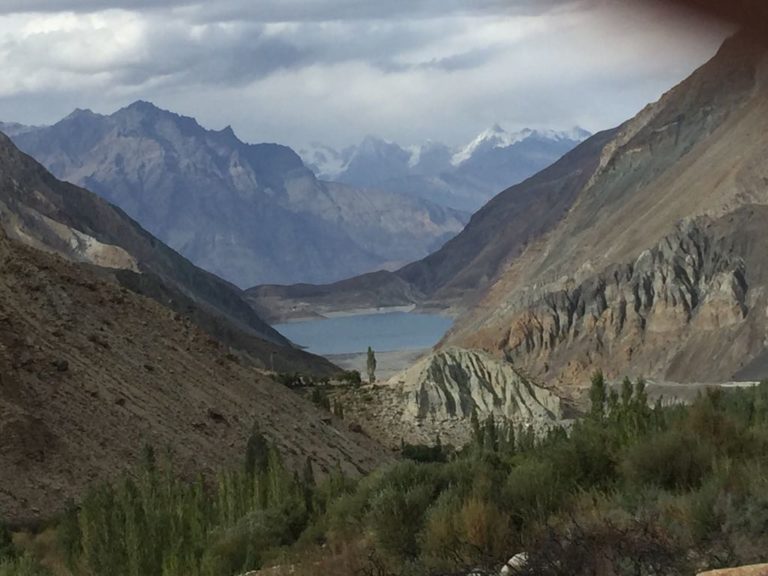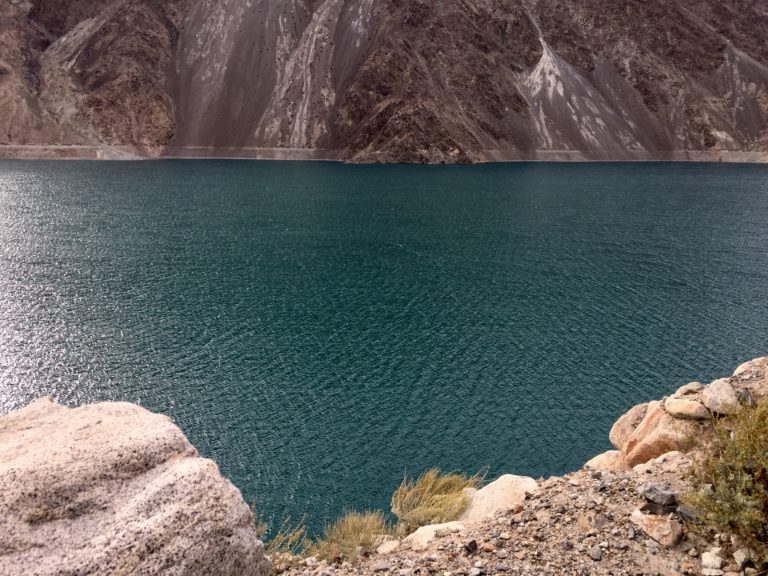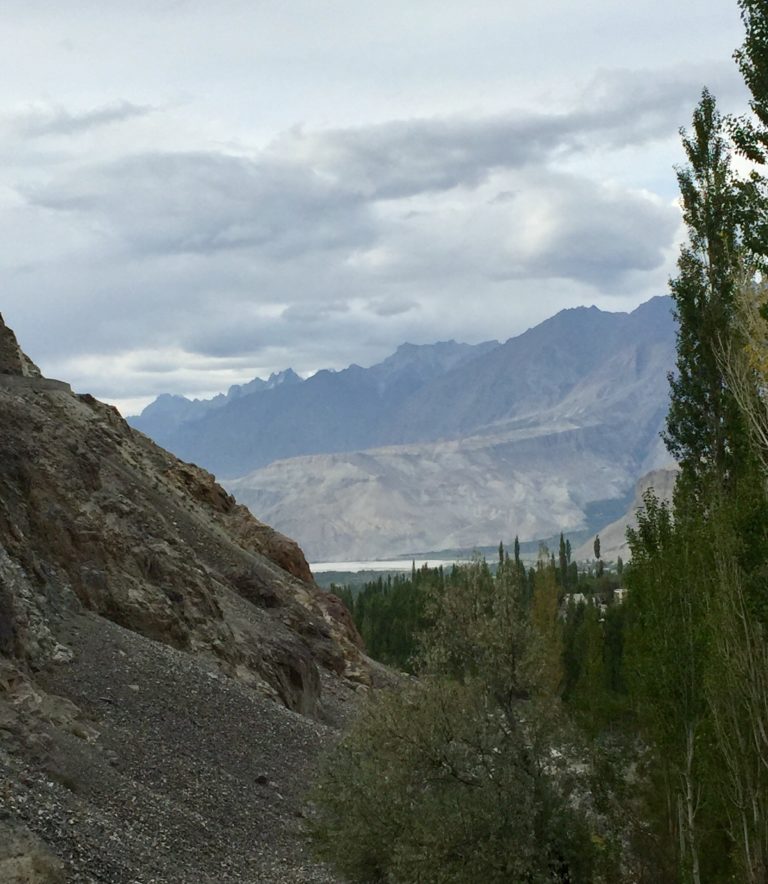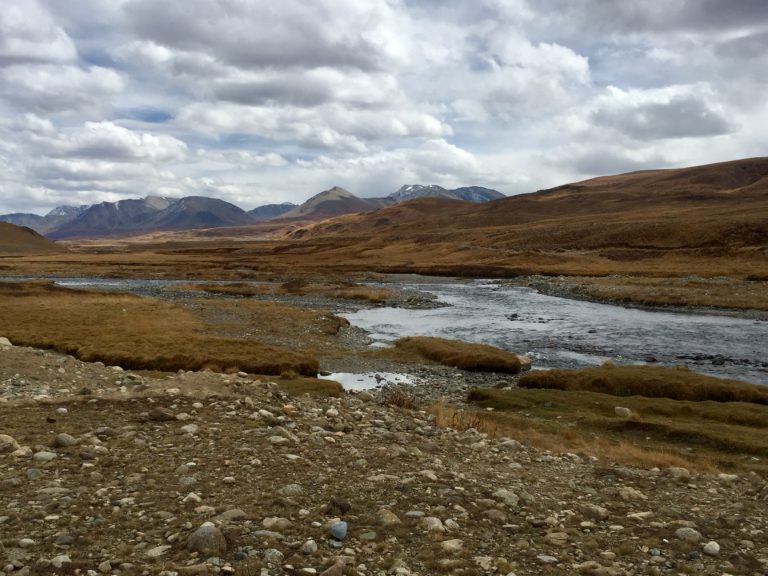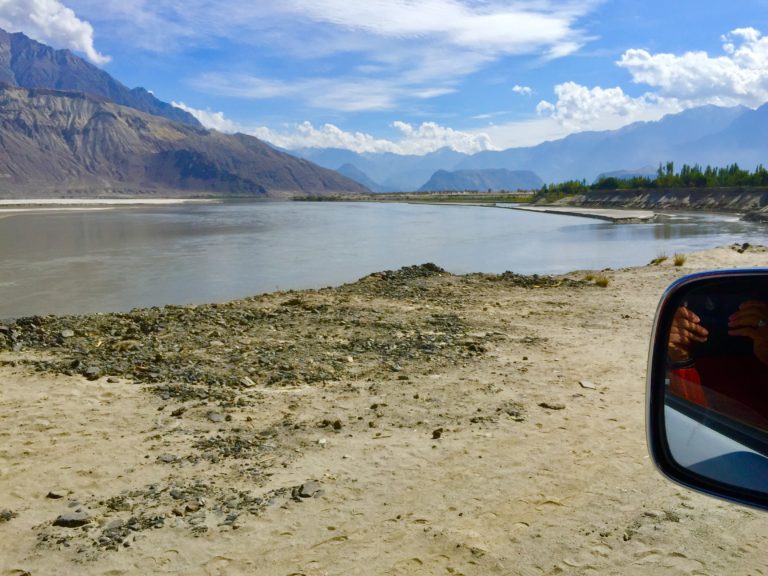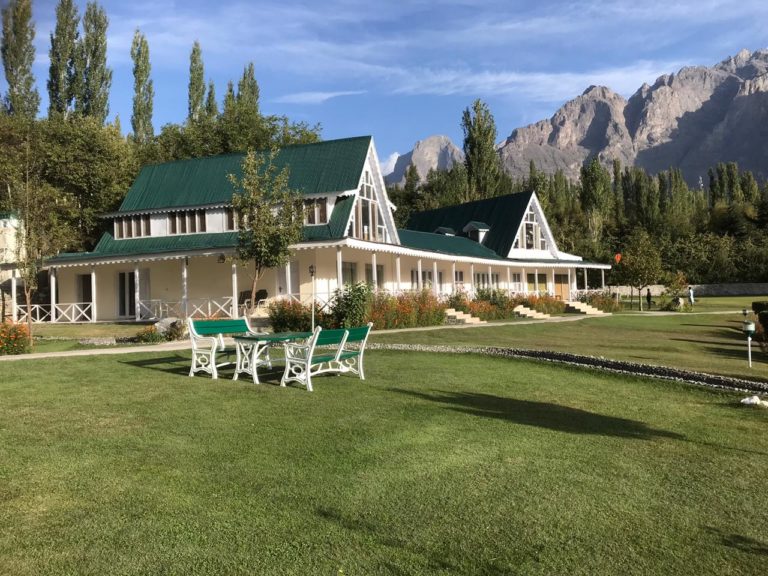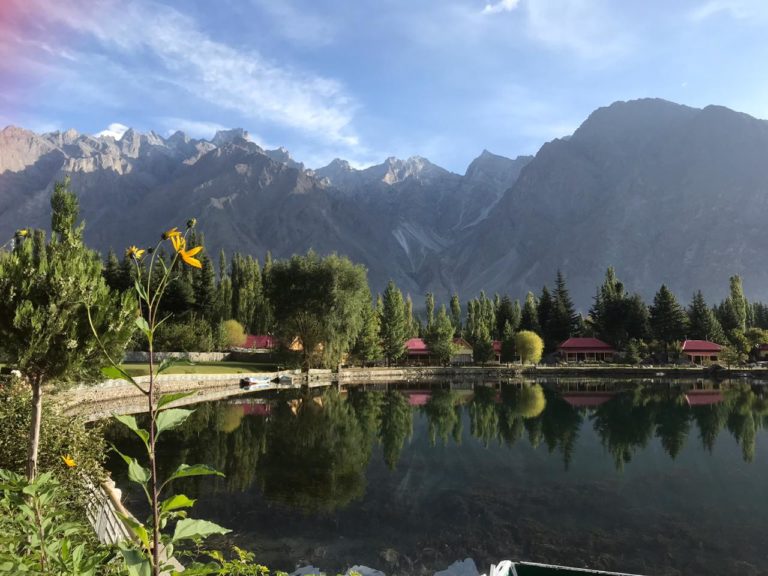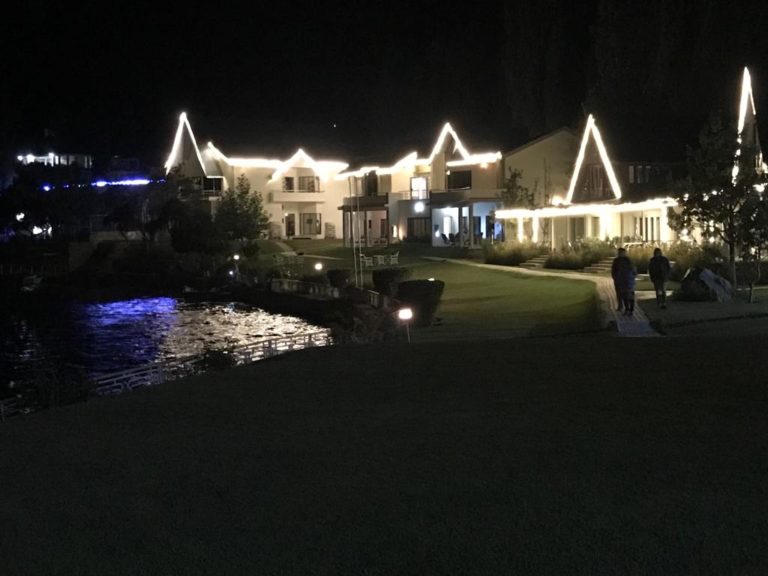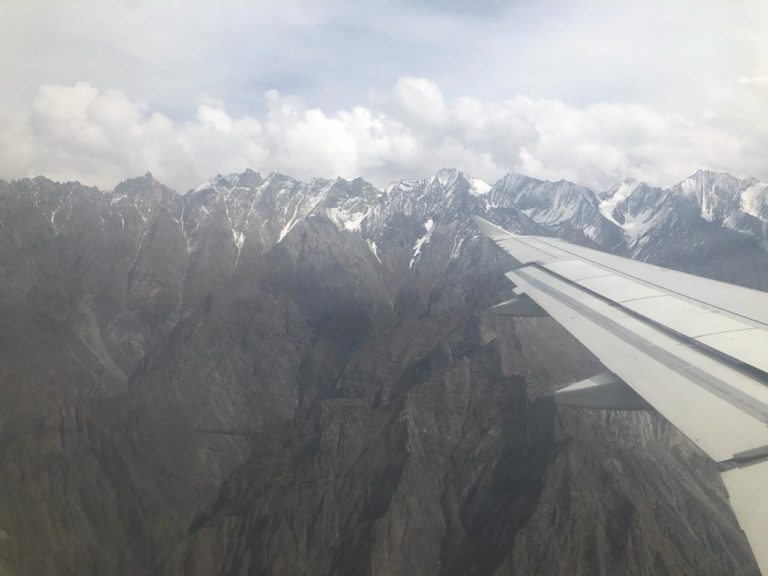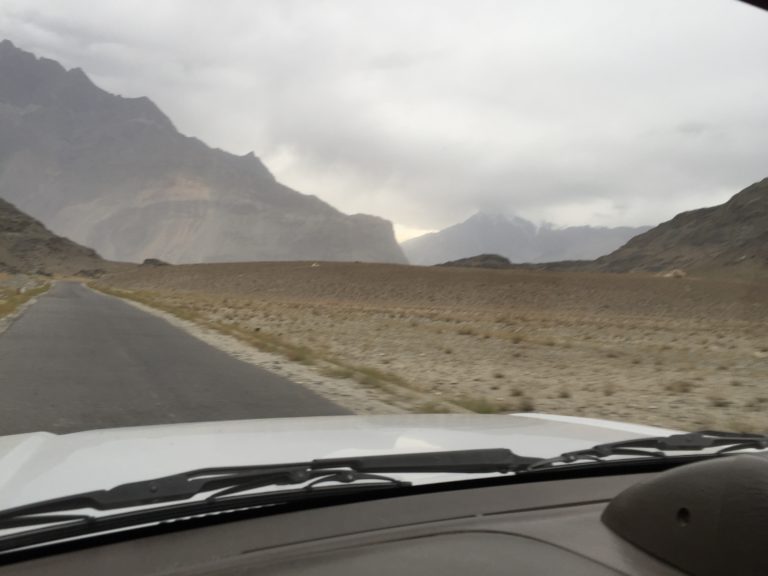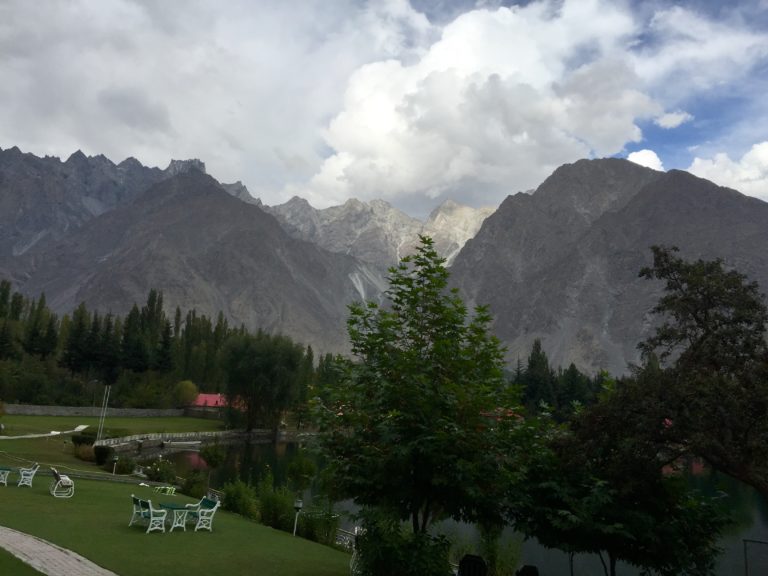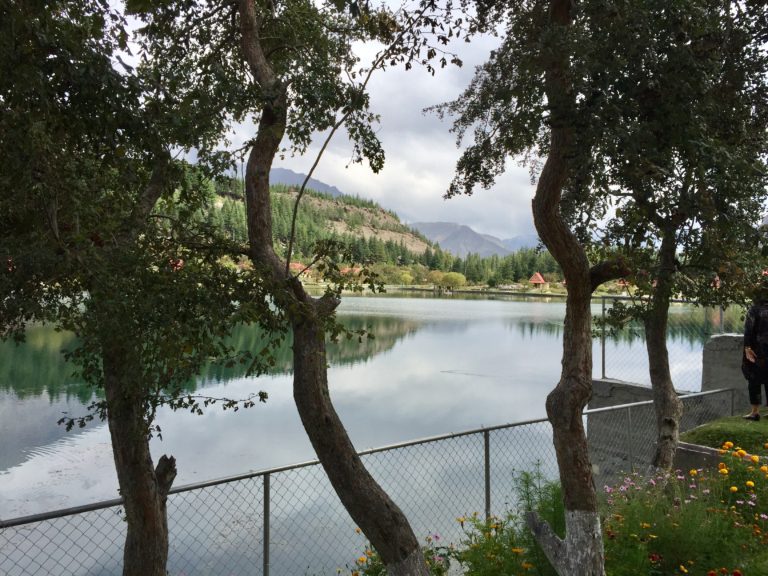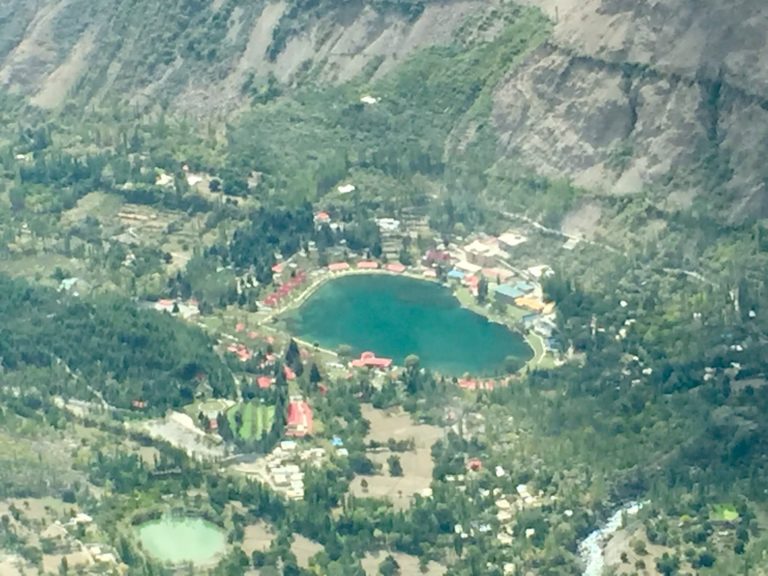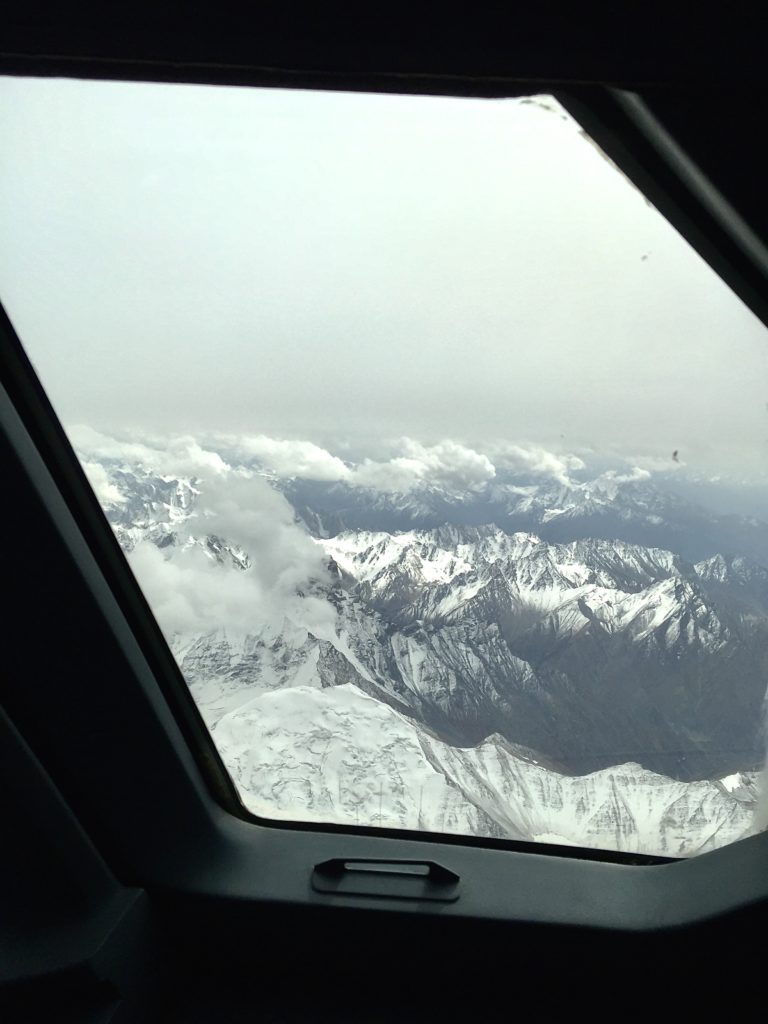Skardu
Skardu is located in a broad valley carved by glaciation.
The Valley, at the confluence of the Indus and Shigar Rivers, is 10 kilometres (6 miles) wide by 40 kilometres (25 miles) long. Active erosion in the nearby Karakoram Mountains has resulted in enormous deposits of sediment creating a large cold desert at an elevation of 7300 feet.
Skardu’s Airport is situated at an elevation of 2,230 metres (7,320 feet) above sea level, though the mountain peaks surrounding Skardu reach elevations of 4,500–5,800 metres (14,800–19,000 feet).
Upstream from Skardu are some of the largest glaciers in the world, including the Baltoro, Biafo, and Chogo Lungma. The glaciers are surrounded by some of the world’s tallest mountains, including K2, the world’s second tallest mountain at 8,611 metres (28,251 feet), Gasherbrum at 8,068 metres (26,470 feet), and Masherbrum at 7,821 metres (25,659 feet).
The Deosai National Park, the world’s second highest alpine plain, is located upstream of Skardu. Downstream from Skardu is located the Nanga Parbat mountain at 8,126 metres (26,660 feet).
Pakistan International Airlines operates one daily flight to Skardu Airport.
The normal road route into Skardu is via the Karakorum Highway and then a secondary road branching off it towards Skardu valley. Roads once linked Skardu to Srinagar and Leh, though none are open for cross-LoC travel.
Skardu’s weather can have adverse effects on transport in and out of the region, as Skardu is often snowbound during the winter months. Roads can be blocked for extended periods of time, leaving air travel as the only feasible alternative.
Treks to the Deosai Plains, the second highest in the world at 4,114 metres (13,497 ft) above sea level, after the Chang Tang in Tibet, either start from or end at Skardu. In the local Balti language, Deosai is called Byarsa , meaning ‘summer place‘. With an area of approximately 3,000 square kilometres (1,158 sq mi), the plains extend all the way to Ladakh and provides a habitat for snow leopard, ibex, Tibetan blue bear and wild horses.

